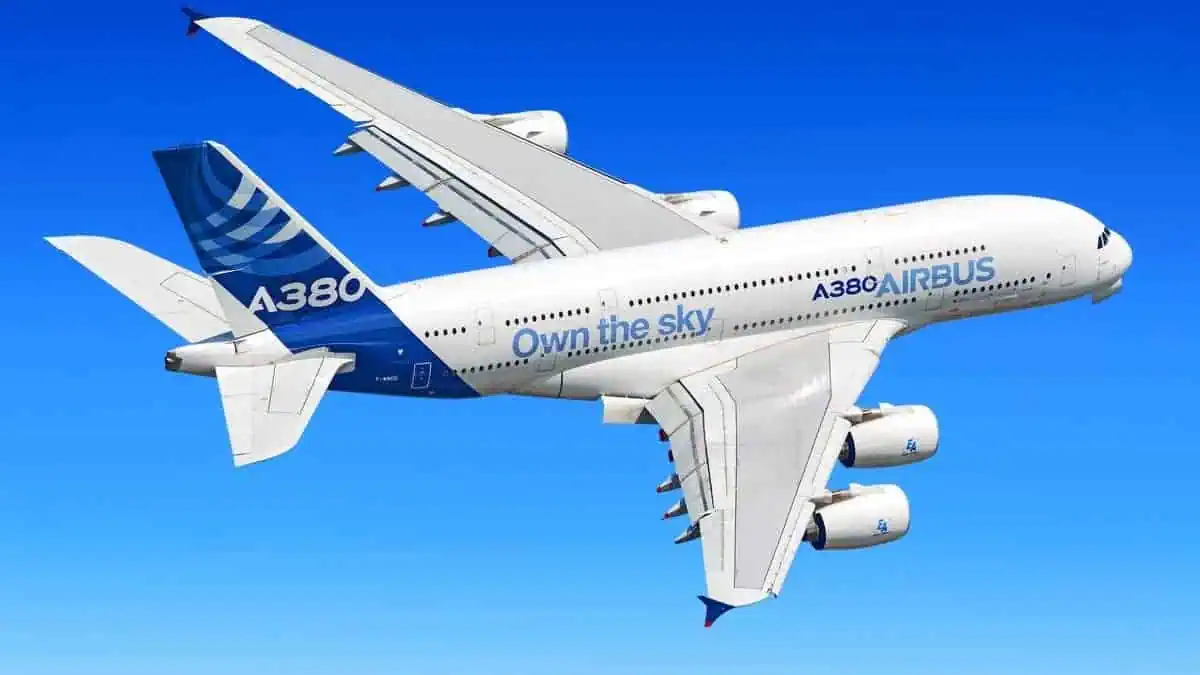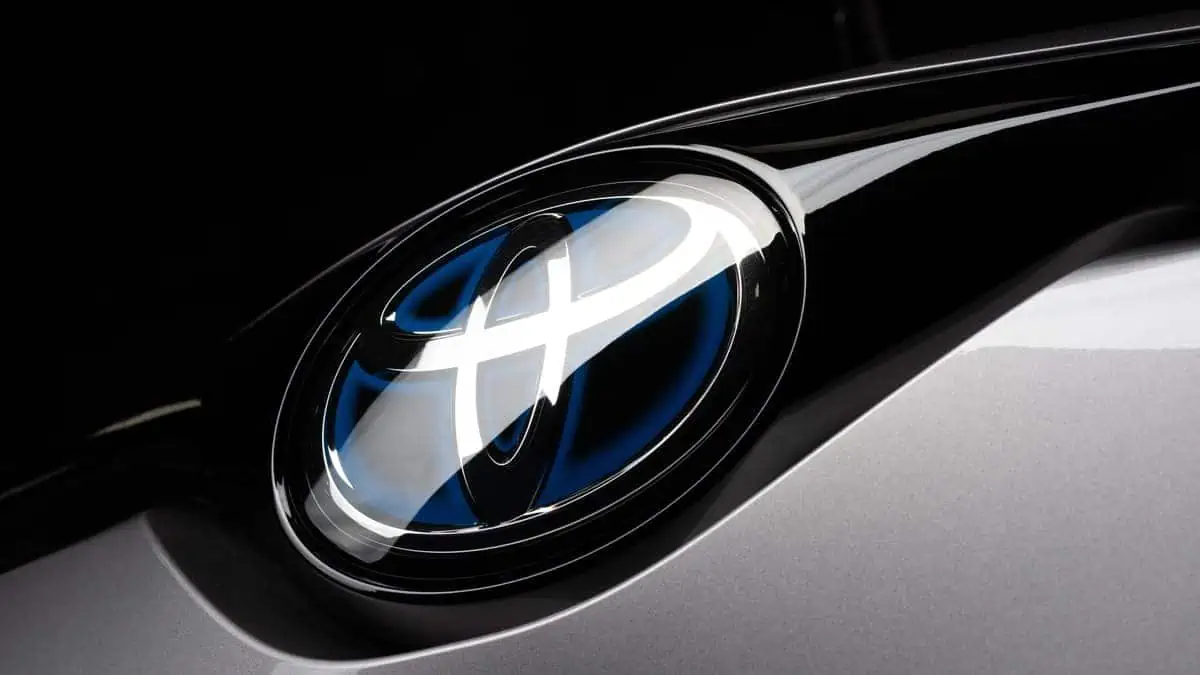Airbus is strengthening its presence in the UK by building a new facility for its hydrogen technologies.
European multinational aerospace corporation Airbus is strengthening its presence in the UK by launching a Zero Emission Development Centre (ZEDC) focused on developing hydrogen technologies.
According to the company, the ZEDC will focus on developing a cost-competitive cryogenic fuel system required for the successful entry of Airbus’ ZEROe passenger aircraft by 2035. The UK ZEDC will also accelerate UK skills and knowledge of hydrogen-propulsion technologies.
The new UK ZEDC will be located at Filton, Bristol, and has already started working on developing the technology.
The facility will benefit from the UK government’s current commitment of guaranteed £685 million of funding. The funding will be given to the Aerospace Technology Institute (ATI) over the next three years to support the development of zero-carbon and ultra-low-emission aircraft technologies.
“Establishing the ZEDC in the UK expands Airbus’ in-house industrial capabilities to design, develop, test, and manufacture cryogenic hydrogen storage tanks and related systems for the ZEROe project across Airbus’ four home countries,” said Sabine Klauke, Airbus Chief Technical Officer.
“This, coupled with our partnership with ATI, will allow us to leverage our respective expertise to realise the potential of hydrogen technology to support the decarbonisation of the aviation industry,” Klauke added.
The facility will follow similar sites in Spain, Germany, and France. The company stated that All Airbus ZEDCs are expected to be ‘fully operational and ready for ground testing with the first fully functional cryogenic hydrogen tank during 2023, and with flight testing starting in 2026.’
ZEROe
Airbus aims to develop the world’s first zero-emission commercial aircraft by 2035. The program was first introduced in 2020, focusing on three hybrid hydrogen concept aircraft:
• Turbofan – With a range of 2,000 nautical miles, it can carry up to 200 passengers. With two hybrid-hydrogen turbofan engines to provide thrust.
• Turboprop – With a range of 1,000 nautical miles, this is smaller than Turbofan. It can carry up to 100 passengers with two hybrid-hydrogen turboprop engines, which drive eight-bladed propellers to provide thrust.
• Blended-Wing Body (BWB) – Same as the Turbofan, it has a range of 2,000 nautical miles with up to 200 passengers. It also has two hybrid-hydrogen turbofan engines to provide thrust.
According to the company, the aircraft is powered by hydrogen combustion through modified gas turbine engines. In 2022, the company launched its ZEROe demonstrator to test hydrogen combustion technology on an A380 modular platform.






